Ayurveda
Ayurveda is an ancient medical system that originated more than 5000 years ago. It is a natural healing system which emphasizes on balancing the body and mind. It is considered as the oldest healing science.The word Ayurveda is derived from Sanskrit language and consists of two parts:
“Ayus” means Life and “Veda” means Knowledge or Science. Thus it is also called as “Science of Life”.
The concepts of Ayurveda can be found in ancient Indian texts called the Vedas. According to Ayurveda, everything in universe is made up of five elements: Earth, air, fire, water and space. These
elements in humans are represented by three “doshas” i.e., Vata, Pitta and Kapha. When any of these doshas become imbalanced, the body becomes vulnerable to various diseases. Ayurveda helps in maintaining right balance of the “doshas” by suggesting lifestyle changes and nutritional ideas.
How Ayurveda is better than Allopathy:
- Allopathic treatment focuses only on providing instant relief by killing germs, virus, etc that caused the disease. This may not cure the disease permanently. On the other hand Ayurveda focuses on healing the person and permanently treating the disease. It does this by suggesting suitable changes in lifestyle thus improving overall health.
- Ayurvedic treatment is far safer than allopathic treatment in terms of efficiency and safety as they make use of extracts of fruits, plants, etc. On the other hand Allopathic treatment may have adverse effects on the body since they treat diseases using various chemical compositions.
- Ayurvedic medicines are cheaper as compared to Allopathic medicines as they are mostly made of various natural herbs and plants that are readily available.
Apart from these benefits, Ayurveda can be used in various circumstances in which Allopathy proves to be inefficient.

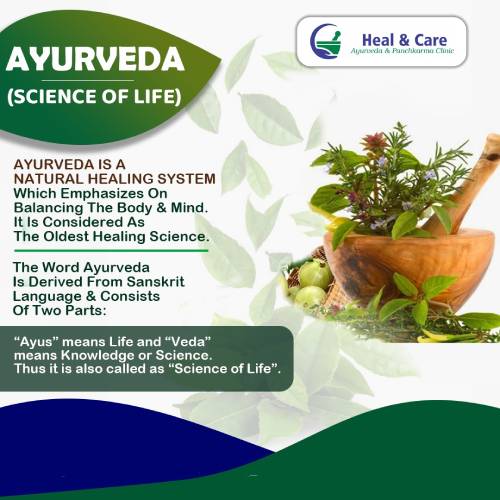

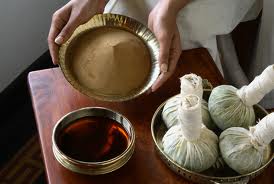
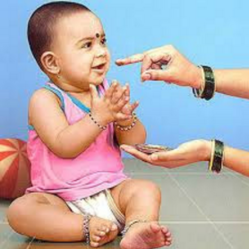


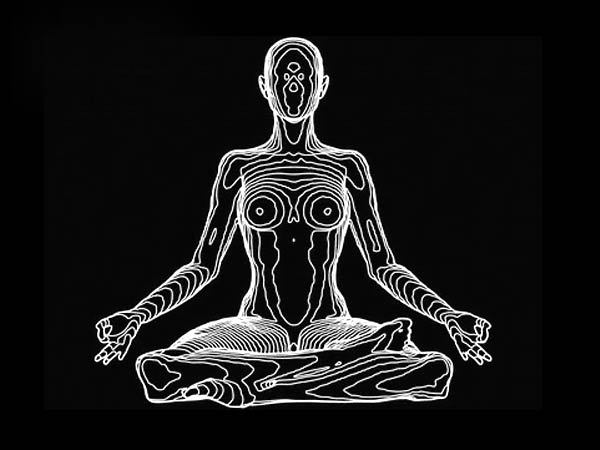
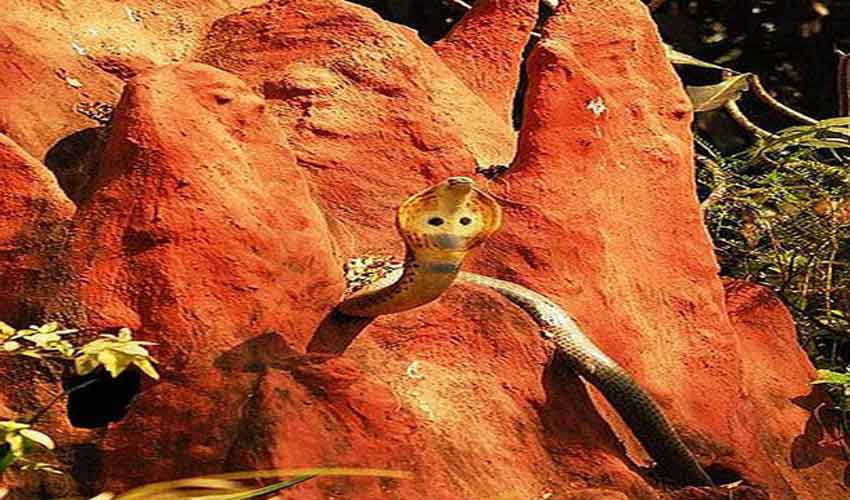
 Call Now +91 9423 422 379
Call Now +91 9423 422 379